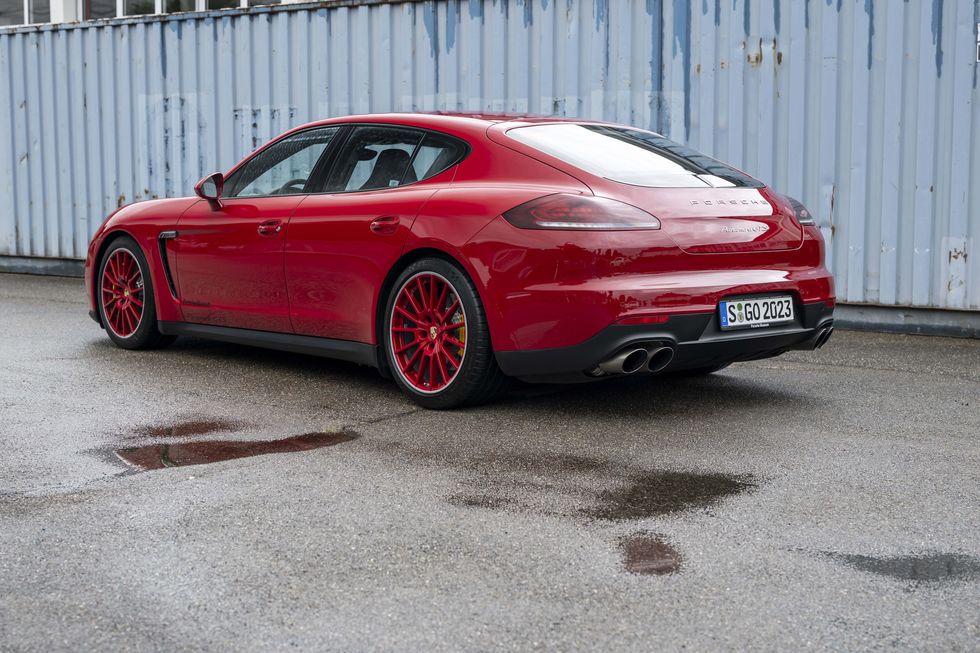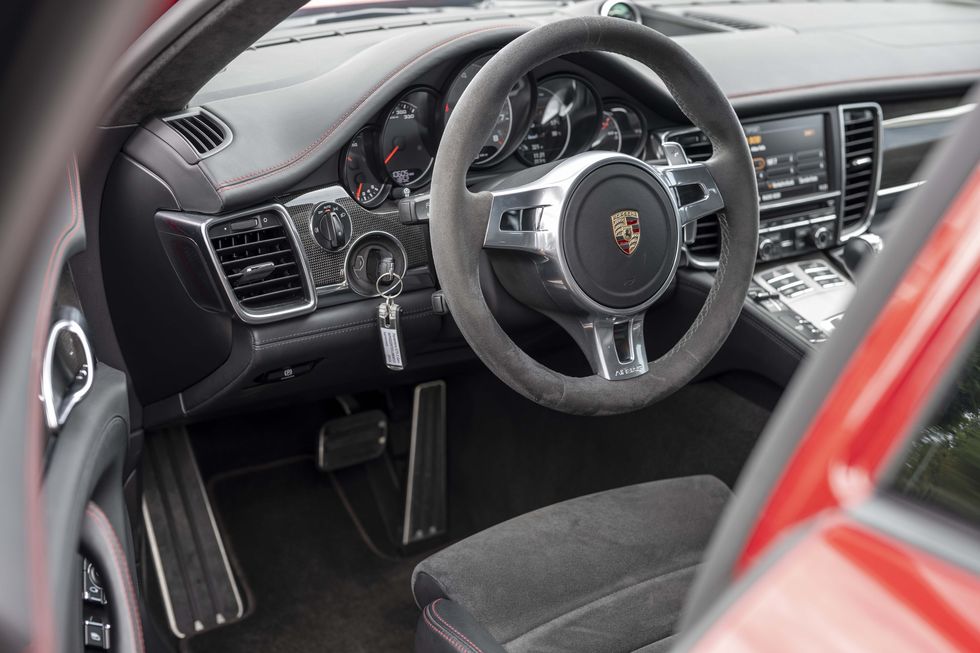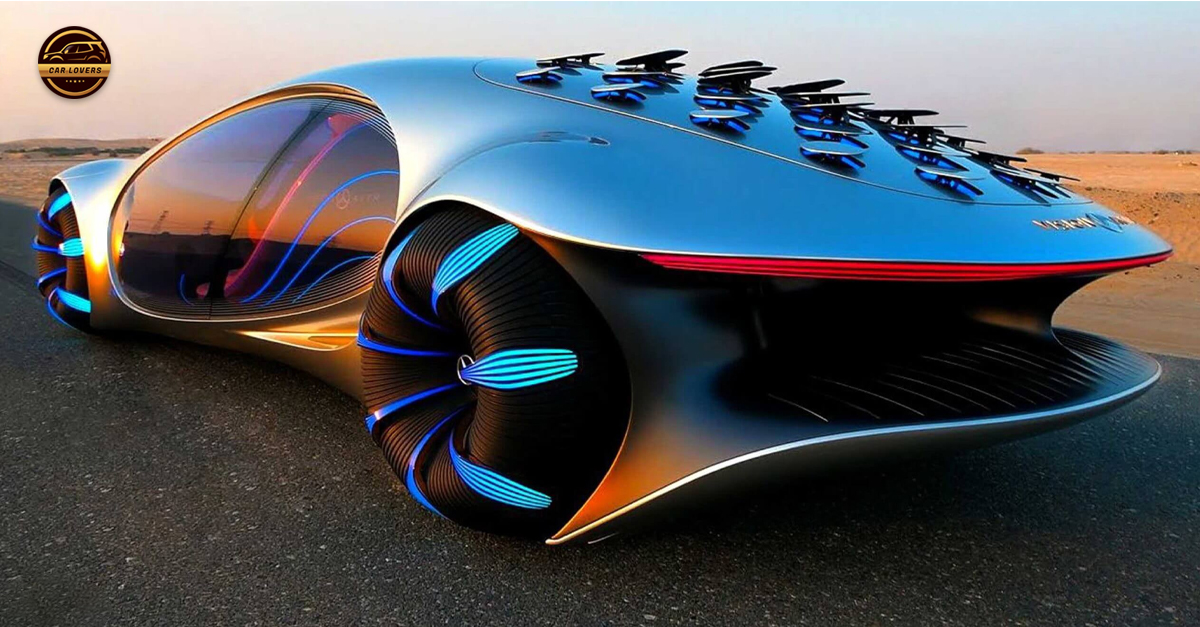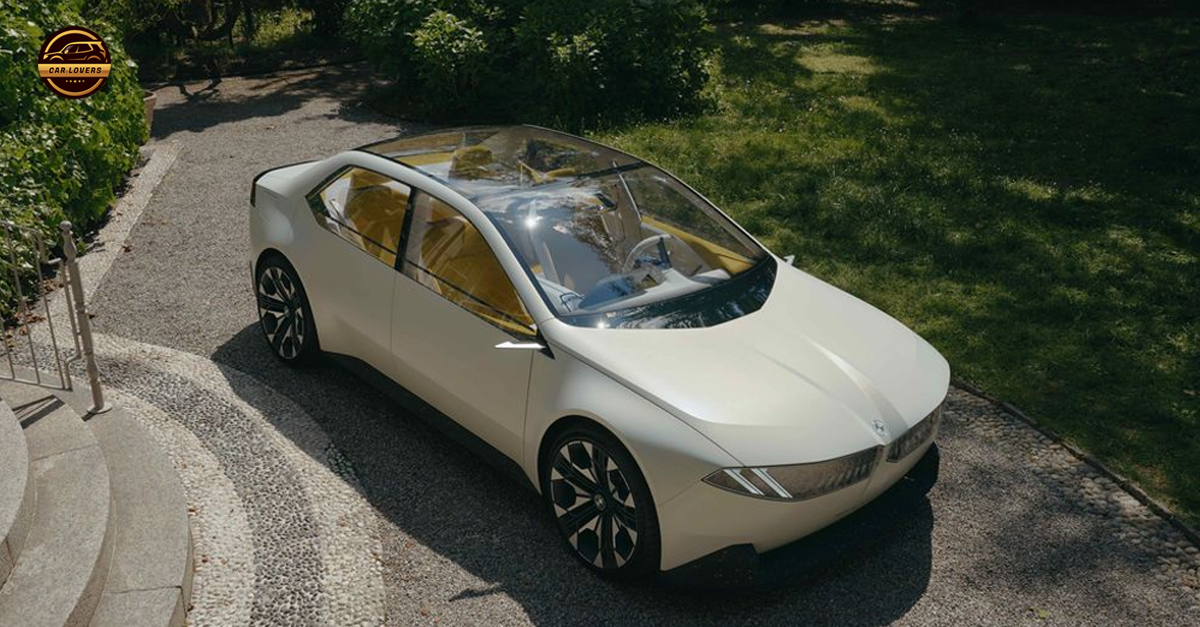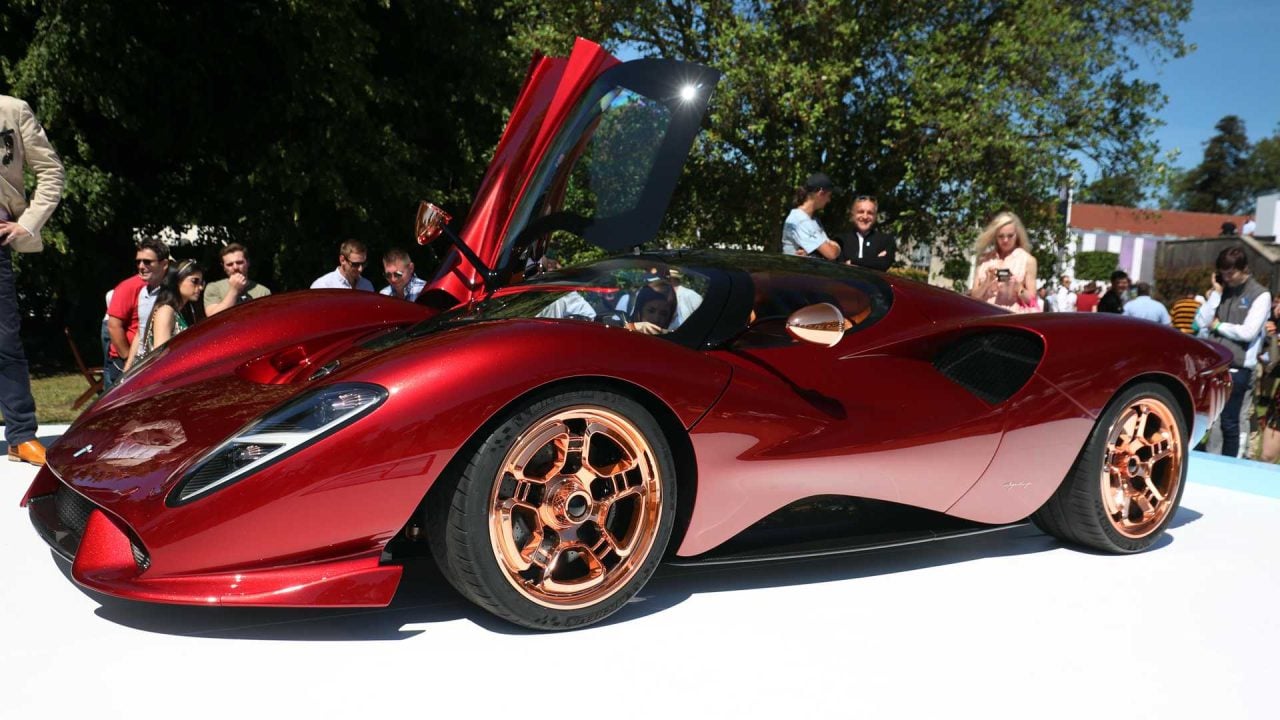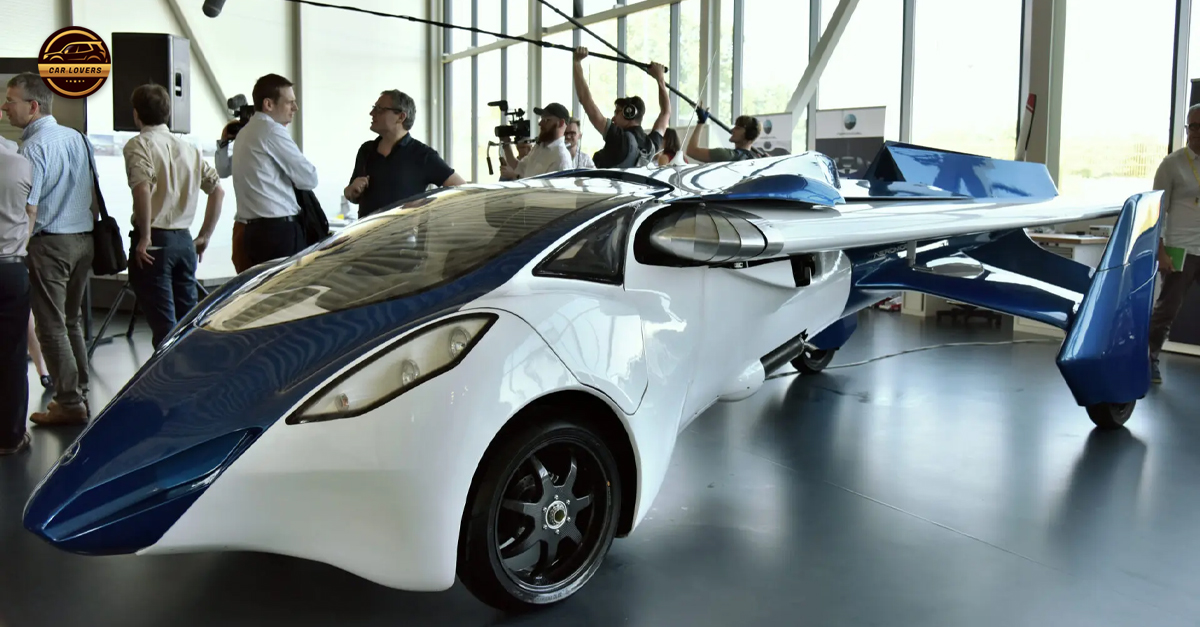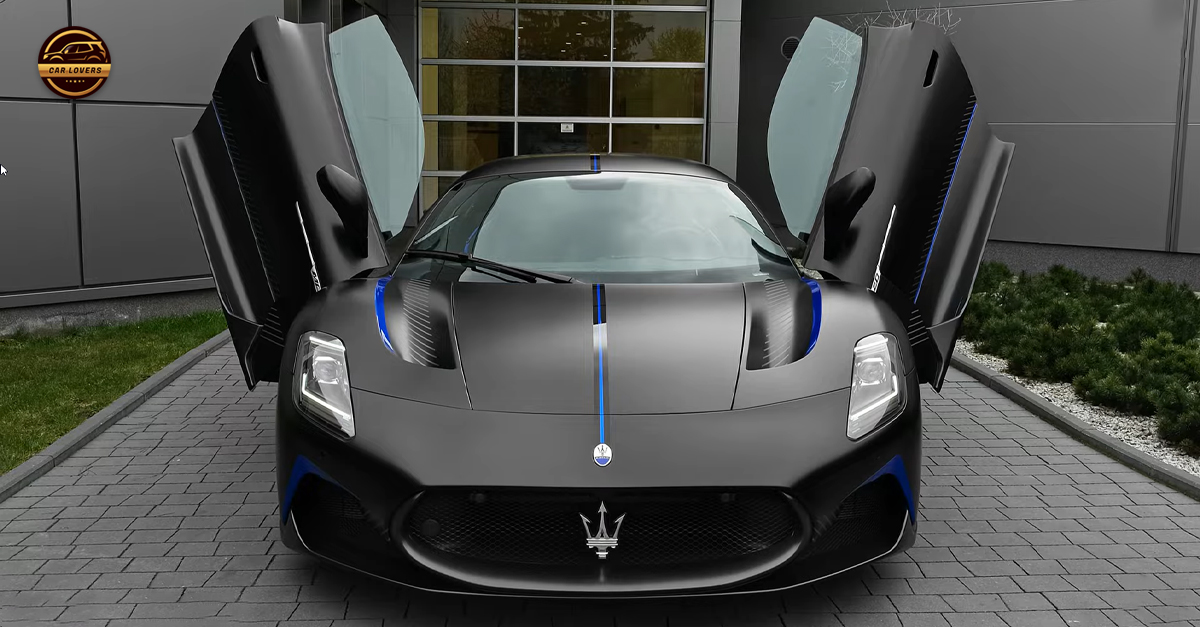
DENIZ CALAGAN
It’s funny how the lenses of our rose-colored glasses shift. The hard times become great ones in hindsight, and in due course, the vehicles marked as dull at the moment become charismatic in our memory.
I figured that was the case with former Road & Track editor-in-chief Travis Okulski. When I sent him the list of eight classics that Porsche would wheel out from a Stuttgart hangar, Okulski bypassed the 959 and 911 prototypes and zeroed in on the 2012 Panamera GTS.
I balked at the idea. The second-gen Panamera is stuck in my memory as a sedan with Porsche’s most interesting interior but its least engaging drivetrains. All I remembered was an exceedingly comfy and isolating executive cruiser that begged the question, “Why not just buy a Cayenne?”
But the first-gen GTS, Okulski opined, was a different kettle of fish. Engaging, energetic, and equipped with an all-time V-8, he swore the GTS offered a more R&T-oriented driving experience.
Okulski was right, even with the rose-tinted lenses removed.
Of course, you wouldn’t gather that opinion upon a visual reintroduction to the GTS. The first-gen Panamera’s lines have aged about as well as JNCO jeans. To aid the metaphor, the pants look a lot less bloated. While the GTS trim offered a couple welcomed visual tweaks, it’s still that same marshmallow-man body stretched over all that wheelbase. This Panamera is still a puffy faced, awkward-looking thing in 2023, and it’s not a vehicle I’d glance back at walking from my car to the grocery store entrance.
Consensus on the ground in Germany seemed to be, “Well you don’t have to look at the thing while you’re driving it.”
It’s thankfully true.
The Panamera’s cabin remains cosseting and comfy by modern standards, with a platter of buttons on the transmission tunnel (think Corvette C8) instead of an endless array of options accessed only through screens. It’s hard to imagine a time when physical buttons controlled nearly everything aside from the infotainment screen (can you believe 2012 was more than a decade ago?), but we’d welcome this layout back — especially its cluster of physical gauges — at any time.
The GTS’s sueded steering wheel is bereft of buttons and switches and knobs, and the lining material echoes across the Panamera’s interior, spread across the seatbacks and portions of the door panels, each patch framed by a neat double row of red stitching.
I’m certain elements of this interior were viewed as superfluous in 2012, but now the whole thing feels essential. This car is focused on the mission of covering ground quickly and in great comfort.
To that end, the seats are standouts. They mimic the general silhouette of Porsche’s classic sports seats — the ones you’d find in an old 911 — but pack generous padding and enough width that you can stretch out on longer interstate jaunts.
But the centerpiece of the GTS experience isn’t its excellent comfort. It’s that engine.
Among everything we tested on the day, including howling flat-six air-cooled marvels, the GTS’s 4.8-liter V-8 stuck out as the soundtrack of choice, an engine so good you turn the radio knob left more often than not.
From eight cylinders, the mill develops 430 horses and 383 lb-ft and revs another 400 rpm higher than its predecessor, thanks to a revised intake system and a remapped ECU which aim to take advantage of hotter cams. That means a 7100 rpm redline from this midsize naturally aspirated V-8.
Those numbers don’t mean squat beyond a 4.5-second sprint to 60, because it’s really the sound—not necessarily the speed—that sets the GTS apart. The GTS used a “sound symposer” to direct intake noise through the cabin, plus a sports exhaust to add the appropriate growl. It means that at any rev, engine lugging or laden or free-revving, you’re hearing the best-sounding thing Porsche has maybe ever built.
At low revs, there’s just a hint of V-8 burble to accompany an interstate loaf-about. Dip into the throttle and the soundtrack develops from grumbling to animalistic to hornet-nest-ripped-in-half and a few dozen notes in between. It all just sounds fabulous.
Looking back at the GTS’s supersedan contemporaries, the BMW M5 of the era pales in comparison. It’s objectively quicker and subjectively, it’s far better looking. But without turbos to hide its light under a bushel, the GTS pulls at your heartstrings whereas the M5 has faded from our memories. No reintroduction will change that, I’m afraid.
Yes, the Panamera is Q-Ship huge, but it brings huge charisma to match. If only we could slip the shackles of mandated efficiency and allow supersedans like the GTS to breathe without the muffle of twin turbochargers and the complexity of screen-on-screen interiors.
For a moment we had four doors and a Porsche badge and about the best-sounding European V-8 mated to the best automatic transmission on the market. It was all tied up in a truly ugly, idiosyncratic wrapper. Let us remember the GTS fondly.

